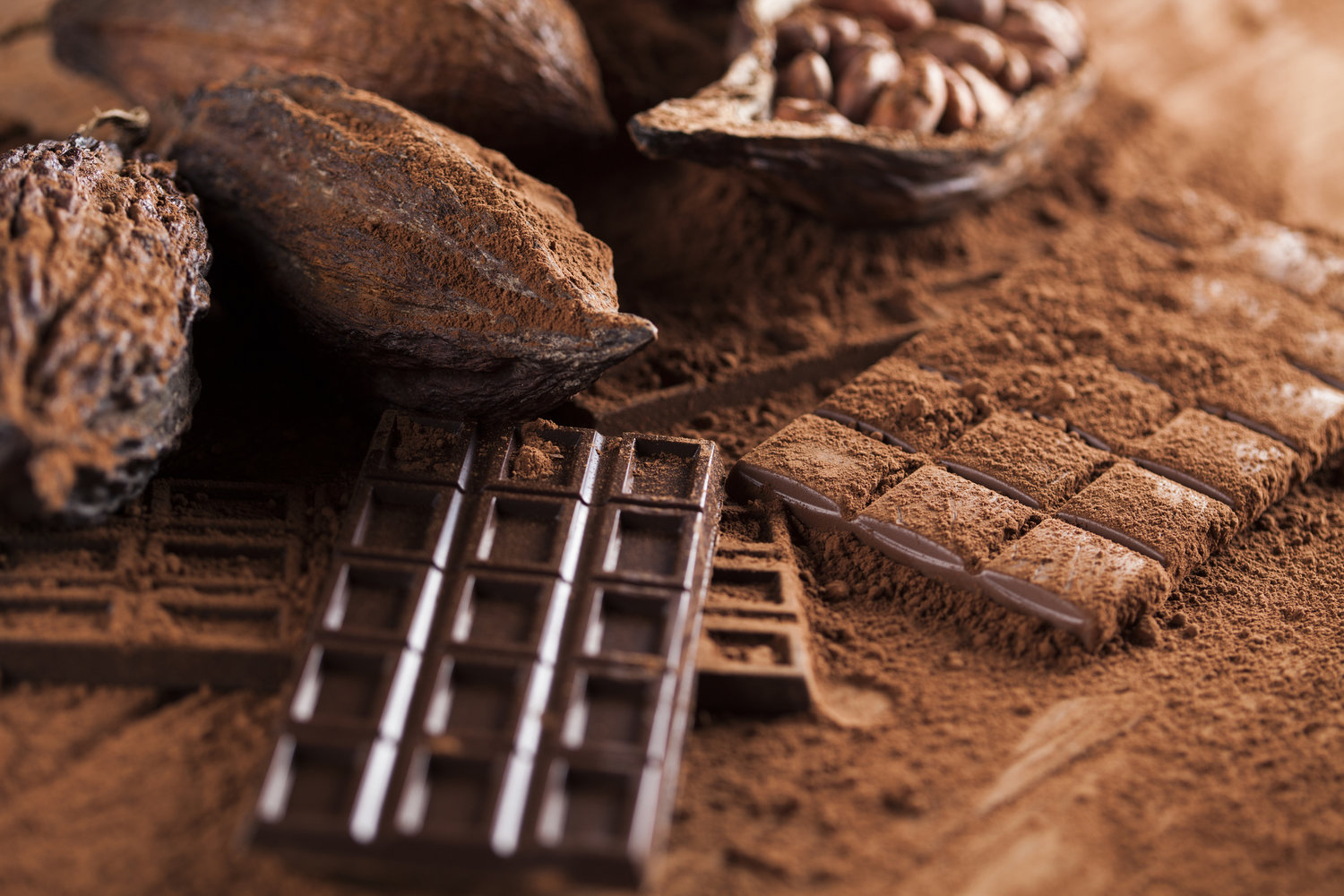The day I visited, we had many leading questions. Where does chocolate come from and how is it made? What are the characteristics of cocoa butter that makes it unique, including polymorphism of crystal structure? What does it mean to temper chocolate? Why is tempering necessary and what happens if its not done correctly?
She prides herself on purposeful and proactive teaching. Making sure there is never an opportunity for down time. Students are always engaged in something in her classroom. When she notices a student is not being productive, she utilizes proximity very effectively. She also when needed, will redirect there attention as a whole, as to not single a student out.
She tried to connect with the students on a cultural level. She was trying to make them realize how chocolate connects us on a global level. She gave them voice and opinion on the subject. She also fed them chocolate (who doesn't love chocolate). This lesson helped to build upon prior knowledge using something concrete and real items to describe an abstract concept they had been discussing in previous lessons.
In general, I think the students were interested in the lesson. I mean, you got to eat chocolate, who wouldn't be. Her students stayed focused on the tasks they were given and seemed really intrigued by the lesson. When they got stuck, she tended to offer advice, not answers. She has a good rapport and respect from her students. This makes classroom conduct and labs easy to facilitate.

Katie, its great that you got to observe a science teacher who connects science to the real world. What was your biggest takeaway that you'd like to use with your own students?
ReplyDeleteI hope you see the natural connections and opportunities for collaboration between agricultural sciences and other science teachers in our buildings!
ReplyDelete